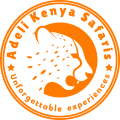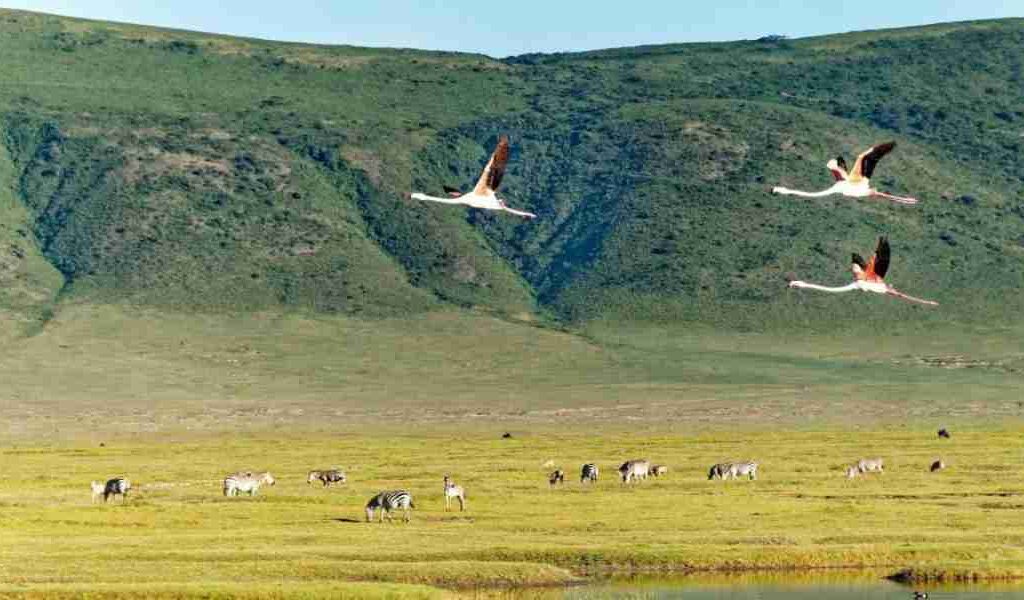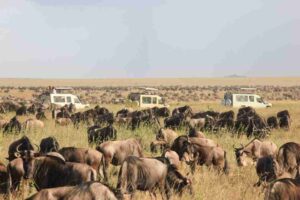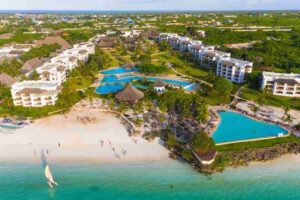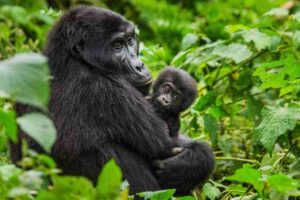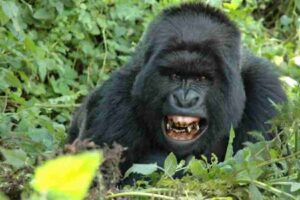Whilst it might not appear obvious at first, you can actually tell quite a lot about a safari park or game reserve by its name, and it can be important to understand the differences between National Parks, Private Concessions, Private Game Reserves, and Nature Reserves. Broadly speaking:
National Parks are run by the government – they are usually large and in some of the best locations with excellent wildlife. They tend have very strict rules for visitors, and the government run accommodation is often fairly basic, however many national parks also have some privately run lodges and camps.
Private Concessions are usually government or community-owned land that has been leased to a private company for them to manage the land and operate safaris for visitors. This is faily common in Botswana, Kenya and Tanzania.
Private Game Reserves are really a South African phenomenon, although there asre some in other countries as well. These are privately run reserves, often bordering larger national parks, and the very best can offer some of the most memorable game viewing experiences as the guides have greater freedom to track the wildlife off-road. Most private reserves are smaller than National Parks althought some can be quite large.
Nature Reserves can be government or privately owned, and they usually have a greater emphasis on landscapes, scenery, and maybe some animals such as antelope, zebra and giraffe (plains game). Nature Reserves would not normally have the Big 5, and the emphasis is much more on enjoying the nature around you rather than going out to track particular types of animal.
